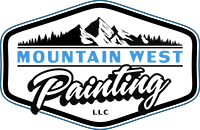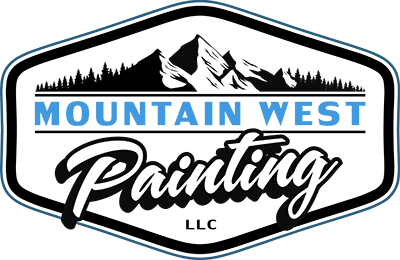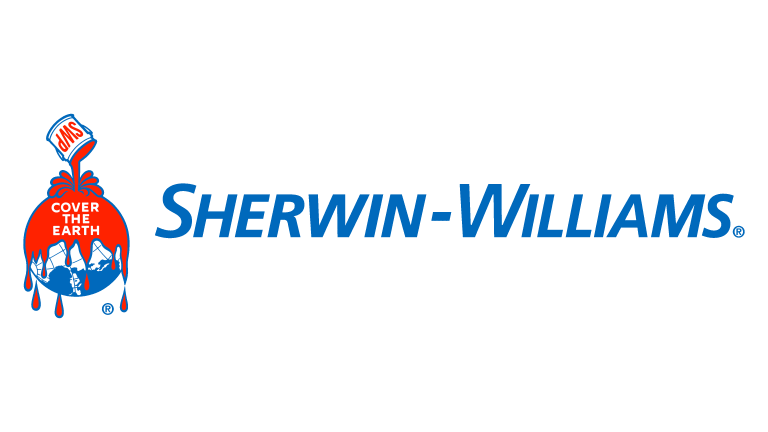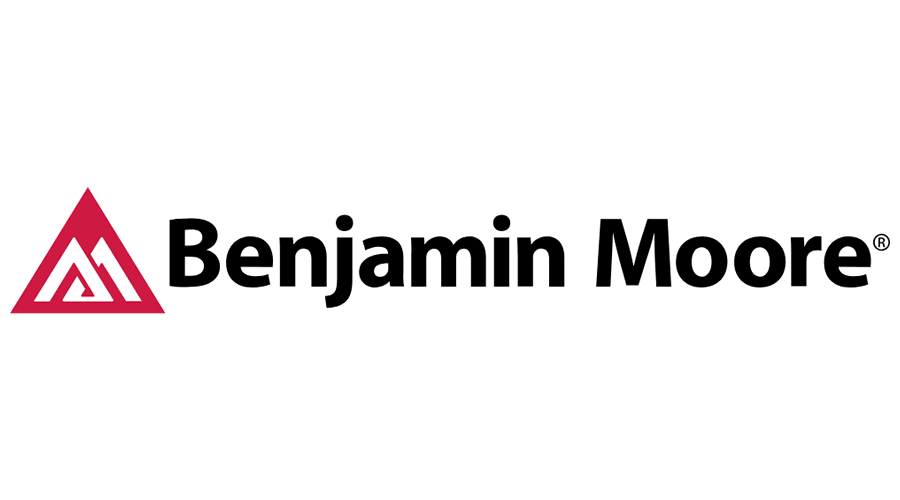Ventilation emerges as a crucial solution to the issue of interior painting’s fumes. Mountain West Painting, the best provider of painting services in Highlands Ranch, CO, and nearby areas, will explore the mechanics of how ventilation works to reduce paint fumes.
An Overview of Ventilation and Paint Fumes
Ventilation, achieved through mechanisms like opening windows or utilizing exhaust fans, essentially involves introducing fresh air and expelling harmful fumes. So what are these paint fumes and what types of ventilation do each home can have that can fight it off?
Types of Paint Fumes
The harmful paint fumes always include volatile organic compounds (VOCs). These VOCs are infamous for degrading human health and the environment. It usually gives off gas and vapor into the air at room temperature. Some common VOCs found in paint fumes include:
When these fumes roam around even after interior house painting is done. People without gear or without waiting for proper ventilation can breathe those in. Which is a worry for causing short to long-term health problems.
Short term exposure gives warning signs. It typically causes headache, dizziness, nausea, eye and throat irritation, and fatigue. If exposure is prolonged, it can lead to more serious health issues. We are talking about serious cases of respiratory problems, neurological effects, and even an increased risk of specific types of cancers.
Types of Interior House Ventilation For Painting
Each method offers distinct advantages and suitability based on various factors like the size of the space, the paint used, and the overall ventilation needs. Understanding these options empowers homeowners and professionals alike to make informed choices for a smoother, fume-reduced painting experience.
Here are the following interior house ventilation methods that exist:
Natural Ventilation
This method involves a straightforward approach—opening windows and doors to allow fresh outdoor air to seamlessly blend with the indoor atmosphere. This natural influx of fresh air effectively assists in whisking away the lingering paint fumes, promoting a healthier and more comfortable environment for both the painters and those in proximity.
Mechanical Ventilation
Employing exhaust fans and dedicated ventilation systems is a proactive strategy in managing paint fumes. These mechanical systems work diligently to actively remove fumes from the painting area, simultaneously introducing fresh air into the space. This continuous exchange of air ensures a consistent reduction in fume concentration, fostering an environment conducive to the painting process.
Local Exhaust Ventilation
Much like the hoods placed over stoves, localized exhaust systems near the paint source efficiently capture and expel fumes directly at the origin. This targeted approach provides immediate relief from the noxious odors, ensuring that the work environment remains bearable and safe throughout the painting endeavor.
HVAC Systems
Heating, Ventilation, and Air Conditioning (HVAC) systems play a multifaceted role in managing paint fumes. These systems actively filter and circulate the air within a residence, reducing fume concentration and maintaining a balanced and breathable atmosphere. By integrating HVAC systems into the equation, the overall indoor air quality is improved, contributing to a healthier living space for all occupants.
How Ventilation Works to Reduce Paint Fumes
Understanding the mechanisms behind this reduction will shed light on why proper ventilation is essential when undertaking any painting project. Ventilation acts as a dynamic force, countering the potentially harmful effects of paint fumes.
Dilution
When you open windows or use fans during the painting process, you’re essentially diluting the concentration of fumes in the indoor air. The more fresh air you introduce, the less potent those fumes become. It’s like adding water to a strong solution to make it more manageable. This dilution process is vital in maintaining a safe and comfortable environment while painting.
Air Circulation
Efficient air circulation is vital in minimizing the impact of paint fumes. Fans and ventilation systems help in evenly distributing the fresh air throughout the room, preventing fumes from lingering in one spot. Picture it as a graceful dance, as the air elegantly waltzes around, carrying away those fumes, leaving behind a more breathable and pleasant environment.
Faster Evaporation
Ventilation accelerates the paint drying process by promoting evaporation. As the paint dries at a faster rate, the fumes disperse swiftly, minimizing their presence and impact on indoor air quality. This swift evaporation not only aids in reducing fumes but also expedites the overall painting process, allowing for a quicker return to a fresh, habitable space.
Paint Safe, Live Safe
In summary, ventilation serves as a crucial companion in mitigating the potential hazards presented by paint fumes. Whether you’re starting with a primer or adding a bold touch of color to an accent wall, always keep adequate ventilation at the forefront of your preparations. Initiating actions like opening windows, activating fans, or exploring localized exhaust solutions are sensible steps to guarantee a well-ventilated and comfortable painting venture.
Invite the invigorating breeze to grace your space, elevating the painting journey to not only one of aesthetic enhancement but also health-conscious consideration.
Trust Mountain West Painting
At Mountain West Painting, we’ve earned a reputation as the go-to painting services in Highlands Ranch, CO, and nearby areas, because we truly understand the significance of ventilation in the regions we serve. We always integrate strategic ventilation solutions to optimize indoor air quality during our interior house painting service.
Our hallmark is the seamless blend of aesthetic finesse with health-conscious practices. What makes us stand out is our unwavering commitment to customer transparency, showcased through our provision of FREE estimates. Feel free to reach out for inquiries or to request an estimate at 720-520-5505.




